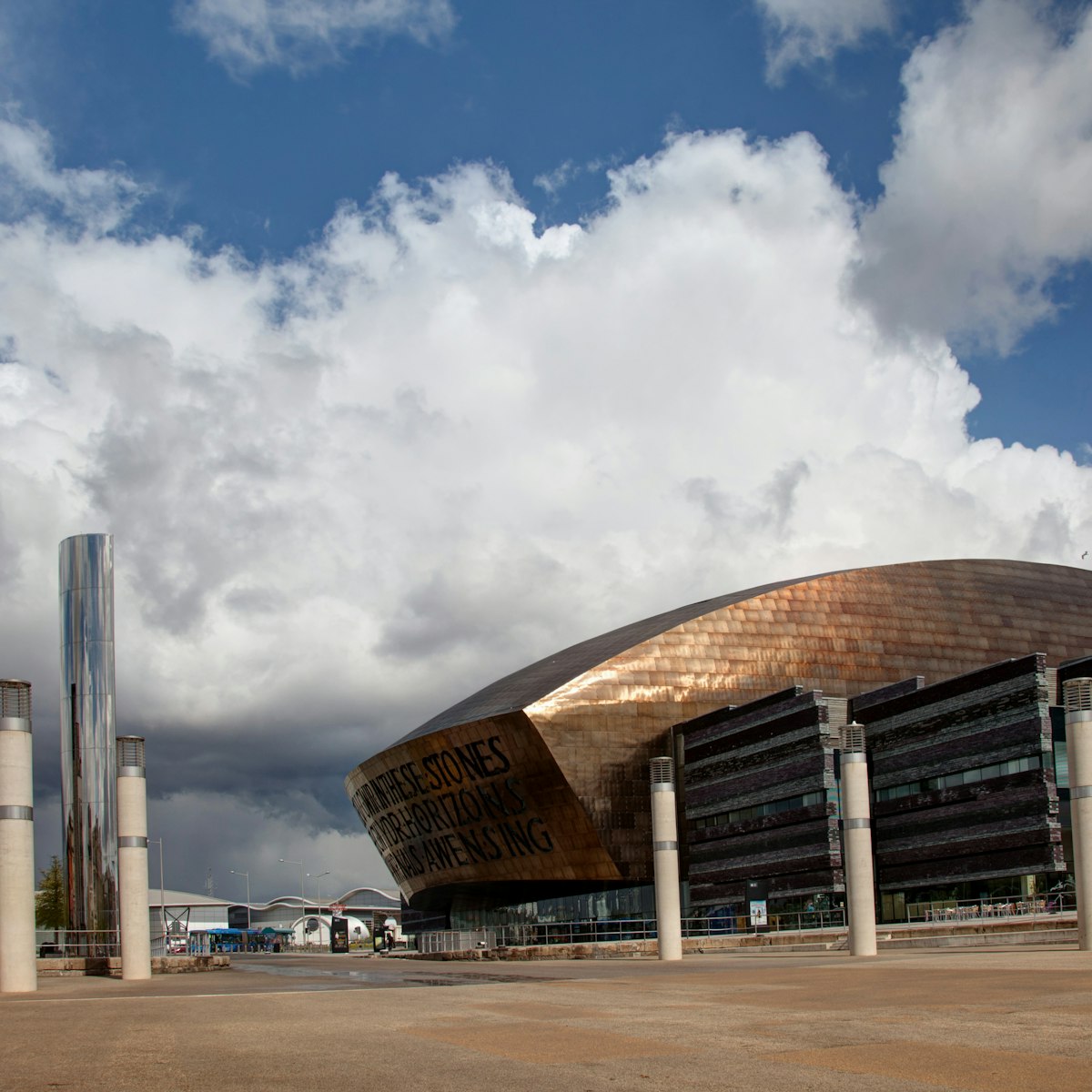The scattered ruins of Glastonbury Abbey give little hint that this was once one of England's great seats of ecclesiastical power. It was torn down following Henry VIII's dissolution of the monasteries in 1539, and the last abbot, Richard Whiting, was hung, drawn and quartered on the tor. Today's striking ruins include some of the nave walls, the remains of St Mary's chapel, and the crossing arches, which may have been scissor-shaped like those in Wells Cathedral.
The grounds also contain a museum, cider orchard and herb garden. According to legend, the abbey's famous holy thorn tree sprang from the staff of Joseph of Arimathea, Jesus' great-uncle, who supposedly visited the abbey following Christ's death. It blooms at Christmas and Easter.
The abbey even has an Arthurian connection. In the 12th century, monks supposedly uncovered a tomb in the abbey grounds inscribed Hic iacet sepultus inclitus rex arturius in insula avalonia, or 'Here lies buried the renowned King Arthur in the Isle of Avalon'. Inside the tomb were two entwined skeletons, purportedly those of Arthur and his wife Guinevere. The bones were reburied beneath the altar in 1278, but were lost following the abbey's destruction.







